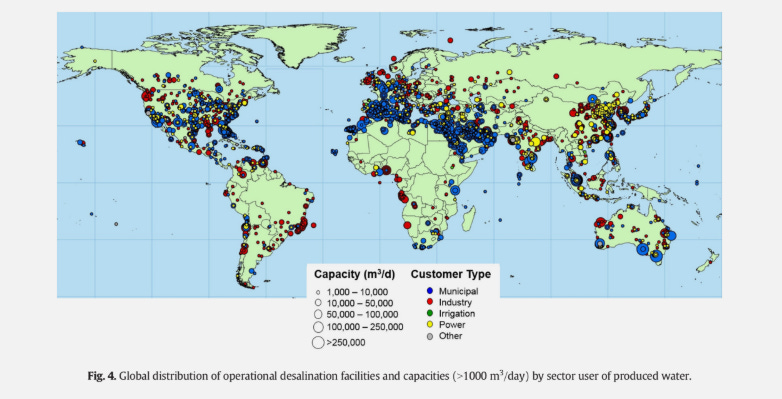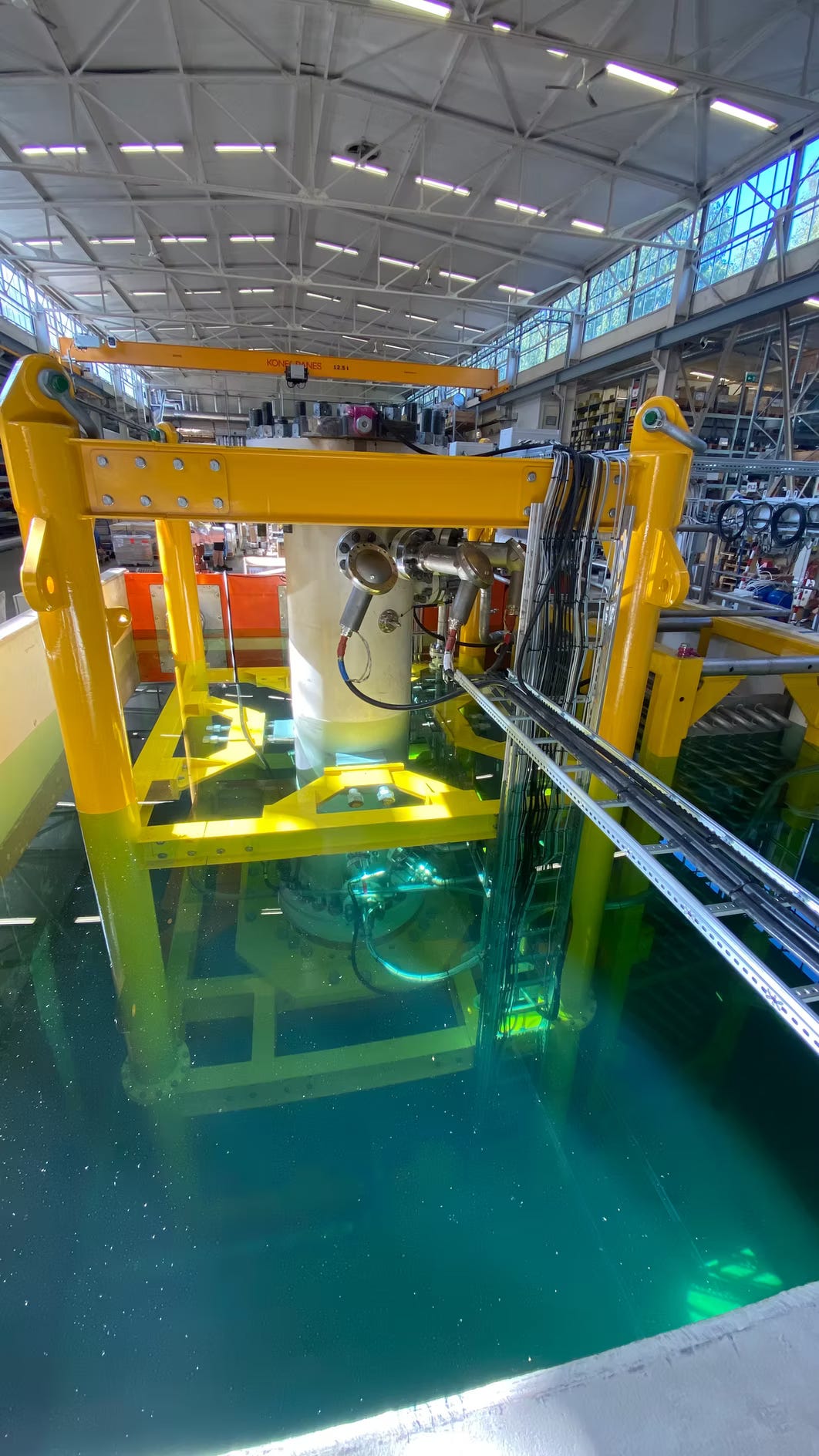
Should We Pull Water from the Deep Sea?
Desalination aims to solve the water crisis and the industry now finds itself deep below the sea. Although out of sight, the environmental impacts aren't out of mind.
Water shortages are leading scientists to the bottom of the ocean. The first large subsea desalination plant of its kind is planned off the coast of Norway and is scheduled to be completed in 2026.
Developed by startup Flocean, this plant will be “a climate-smart and cost-effective subsea pumping system.”
This method differs from traditional desalination plants, which pump water from the water’s surface up to processing plants on the land, which then separate the salt from the water through thermal methods or filtration methods like reverse osmosis.
A study conducted in 2018 estimated about 16,000 operational desalination plants around the world, able to produce 95 million cubic meters of desalinated water per day.
Desalination was first utilized in oil-rich areas, but water starved regions such as the Middle East and Africa began using it as well. Since the 80s these plants have spread to the US, China, Australia, and Europe.

More Pollution Than Useable Water
Thermal methods were used in the beginning but were quickly outpaced due to the required amounts of energy and infrastructure, such as distillation towers. They were replaced by methods such as reverse osmosis, which is what a majority of desalination plants use today. Instead of heat, reverse osmosis forces the water through a small membrane that salts and other impurities can’t pass through.
Still, it takes a large amount of energy to pump that water through the reverse osmosis system. In addition, a large amount of ‘brine’ is produced: the leftover salty solution after desalination.
River and pure water lead to the least amount of brine being produced (there’s less salt in the first place). Seawater produces the most brine. Methods like reverse osmosis also feature better recovery (less brine to desalinated water) than other methods.
Despite these advances, total brine production was estimated to be 141.5 million cubic meters per day—roughly 1.5 times the amount of desalinated water.
Unfortunately, this inefficiency produces more pollution than water.
Right Back Into The Sea
Brine not only consists of salinated water but also includes heavy metals and pollutants picked up from the seawater and factory processes.
It is typically dumped right back into the sea, where it can create hypersaline environments that destroy marine life.
Pumping directly from the sea also causes larger animals to get trapped against the intake screens, which would kill them. Smaller organisms like larvae, plankton, and fish eggs are sucked into the desalination system.
Unfortunately, there are no brine management technologies that are utilized on a wide scale.
Is deep sea desalination different?
Deep sea desalination draws water from depths of 300-600 meters and up to 10 km off the coast. Advocates say this is both better for sea life and efficiency, as seawater is ‘cleaner’ and contains less algae, bacteria, and organic matter.
Subsea desalination typically uses reverse osmosis, which can be performed within the intake system, so little infrastructure needs to be built on land. But a lot of power is still required due to the high-pressure requirements of reverse osmosis and pumping the seawater from such depths.
There is still no clear answer to how these companies handle their brine—with Flocean similarly putting their brine right back into the sea. Though they send the brine far below the photic zone and suggest that there is minimal environmental impact because of the lack of sealife far below the surface.

Conclusion
There are many ecological impacts and unknowns of deepsea desalination that are being brushed aside by advocates. Just because the desalination process is out of sight, off the coast, and far under sea level doesn’t mean there isn’t serious damage happening.
The earth has its own water purification cycle through evaporation and gravity-lead filtration as water is pulled down through the soil, eventually ending in an aquifer. The overdevelopment of land makes the available surface area for soil and permeability decrease, which means more water sits on the surface, which can lead to flooding.
Geoengineering also harms the natural water recharge process as rains are artificially controlled, potentially preventing them from reaching aquifers that need to recharge, as well as polluting our rainwater with heavy metals.
Nature has already developed a perfect system. We should work with it and attempt to repair damage, not exploit it further.
This Substack is reader-supported. To receive new posts and support my work, consider becoming a free or paid subscriber.
This is a segment from #TBOT Show Episode 11. Watch the full episode here:
#TBOT 11: AI Companions Worse Than Porn, Why Your Word Doc Never Looks Right, Deep Sea Desalination, Find the Perfect XMPP ProviderTake Back Our Tech·Aug 25
Here are our stories for the week:

Break the limits of big tech with Above Phone. You’ll unlock features and freedom you didn’t even know existed.
- Works with any cell service (and even over WiFi with an internet phone)
- Download the apps you love (private app stores)
- Have complete control over your app permissions
Take Back Our Tech Newsletter
Join the newsletter to receive the latest updates in your inbox.





